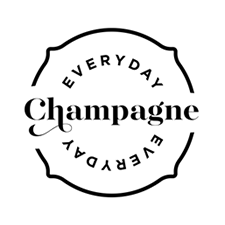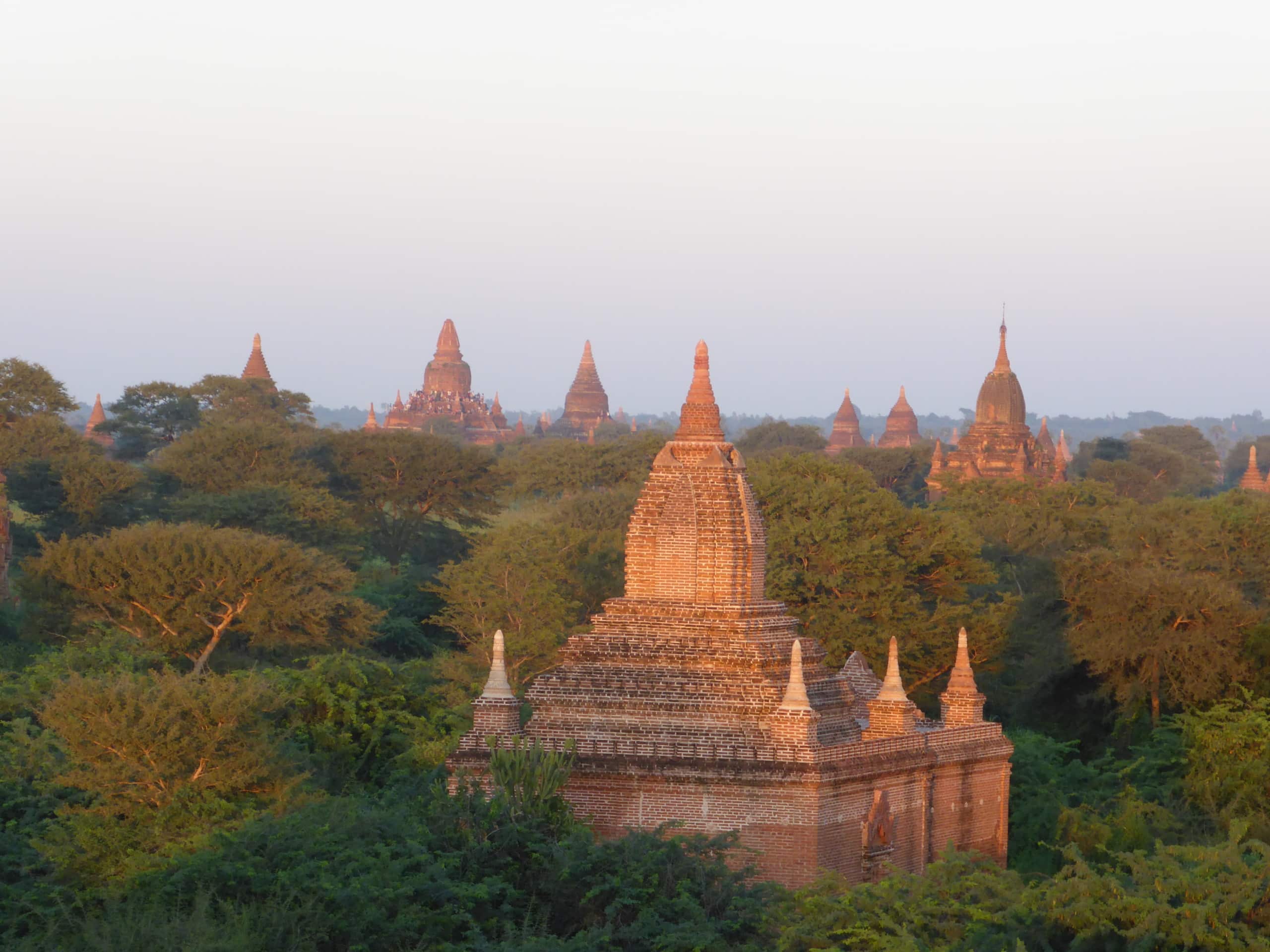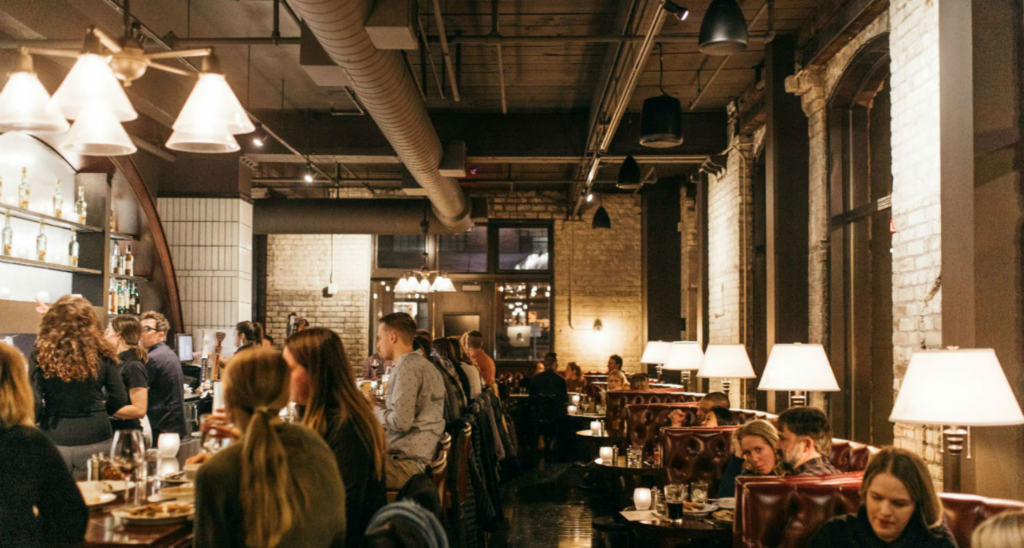July 1, 2015
Burma
Or Myanmar?
The first ones to the party.
I’m usually up for anything he throws at me. Moscow and the Black Sea? Sure, fascinating and interesting. China? Absolutely. India? Yes, incredible.
Burma? I have to say, I didn’t jump up and down over that one.
He was fascinated by a new emerging country, ripe for development and a new place and culture to learn. We also have Burmese clients who were excited by the country’s future possibilities, and he wanted to share in that.
My knowledge was limited the experience we had in Thailand’s Golden Triangle, when we came close to the border and the “brown zone” that was guarded by guys with guns. We were warned to not get close; no one is allowed in Burma and they protect their borders. Also, Aung San Suu Kyi obviously made international news as a Nobel Peace Prize winner and was famously under house arrest due to her conflicts with the military coup du jour.
Beyond that, though, nothing. Except that every disease in the world is an epidemic there, and our vaccination program was to become basically shrink-wrapped in kevlar. Can you see why I wasn’t jumping up and down?
But he really wanted to go and be one of the first to experience the country which really only opened its doors around 2011 or 2012. There may be such a thing as being a bit too early to the party? My lack of enthusiasm was quickly ignored when our friends jumped in and the trip was planned. Bring on the food poisoning.
After a few days in Bangkok, which is one those big, dirty, fascinating cities we love, we flew to Yangon. We were picked up at the airport by a car from the Governor’s Residence hotel, one of two even remotely acceptable hotels at the time.
How bad could this be if they were civilized enough to have a car service?
When we immediately land in a new foreign place, we’re always pretty excited at the prospect of something new and unknown. This was no different – I was now excited.
That lasted about 2 miles.
We came in about 8:30 p.m. and the traffic was at a stand-still. The explanation came that the roads couldn’t support the city growth. Biggest understatement ever. There were only a few main roads, each about a lane-and-a-half wide with four cars across competing for that lane-and-a-half. Apparently, those lanes were merely a suggestion.
To boot, Burma adapted the British wisdom of driving on the left side of the road, but drivers use European/US side drive cars. Not exactly the best combination. Try taking a right-hand turn in insane traffic with no real stoplights, with a driver on the wrong side of the car and unable to see. Sit and picture that for a minute. Yep, there ya go. Crazy.
The good news was there were no motorcycles allowed. Why? Because one of the military dictators was cut off by a motorcycle once, so he banned them. Yes, that’s right. Imagine if our society worked that way. (I, personally, would outlaw the Prius. Just because.)
We did get to the hotel eventually. It was dark, but it looked like the neighborhood transformed from slums to bigger, grander houses. And that’s when we pulled in to the Governor’s Residence.
It was a lovely hotel nestled in an area of embassies, and actually was a former governor’s residence (hence the name. Clever). A side note about the history and country: Burma has had many influences and ruling parties over the years including a Mongolian invasion in 1287, followed by a series of small kingdoms, followed by British rule in the late 1800s.
(The British brought civilization and structure, and have been said to have transformed the country. It didn’t stick.)
Japan invaded Burma in 1942, and it became independent in 1948, embroiled in civil war until 1962. In yet another military coup in 1989, its name changed from Burma to Myanmar.
Just to note, no one and no place takes credit cards in Burma, because there is no technology to support the transactions. So we went to Yangon with only crisp, brand-new US dollars (some of our friends simply ironed their old ones). Then we had to exchange for the Burmese kyat. The result was a two-foot-high stack of funny money that we needed for everything. This was actually a first for us.
We had two nights before our trip officially started, so the next morning after breakfast, we decided to walk to the other supposedly acceptable hotel in the main town area, the Strand. (There were rumors of many chain hotels on the way, so today there are more options.)
Although fascinating because of the sheer culture shock, this place made Mexico City and Lima, Peru, look like Beverly Hills. The sheer amount of dirt, roads in disrepair, masses of humanity and smells of raw meat and fish at the market competed with the garbage and open sewers. It was an experience. Now I know why the hotel recommended taking a car to the hotel rather than walking. But, we got to see the street markets, which are always incredible everywhere in the world.
The next day, we went on a guided walking tour of Yangon limited only to the Shwedagon Pagoda, one of Buddhism’s most sacred sites, and apparently the most famous and only tourist site in the city (absent the house on the lake where Aung San Suu Kyi was held). This famous site has many generations of additions, having been rebuilt many times, including most recently in the 17th century after an earthquake.
The Pagoda and all its structures are covered in 27 metric tons of gold leaf and thousands of diamonds and gems. Of course, it’s in the middle of a city with limited roads, extreme poverty, and a feeling of complete chaos.
It was a land of extremes. The streets had donkey carts followed a brand-new Mercedes that cost $250,000 (would be $50,000 here). It was all overpriced and over-inflated in the midst of one of the poorest countries in the world. If you were in the opium trade, development, or the military ruling party, you were rich. Everyone else was living on $200 a year.
Off to Bagan, probably one of the best and only known tourist areas in the country.
Bagan dates back to between the 11-13th centuries, when more than 10,000 Buddhist temples, pagodas, and monasteries were built in the Bagan plains. The remains of about 2,200 of them still stand today in about 20 square kilometers.
When you fly in, you see lush green everywhere with what looks like a temple or pagoda every 10 feet. It’s a complete departure from Yangon and looks like it couldn’t be more than a clever painting. The first day, we had the opportunity to bicycle literally from one temple, pagoda, stupa, or monastery to another. They’re right on top of each other. Every time we wanted to enter in and tour, you had to put on longyis (basically long skirts that tie in the front). For the biking, we needed mountain bikes with huge fat tires. Not for the mountains, but for the loosely-termed “roads.”
Off to our hotel, the Aureum Palace (again, I think the only somewhat reasonable choice in the area). Thankfully, we were staying there and not staying somewhere with a view OF the hotel. It was built smack-dab in the middle of one of the richest archaeological sites in Asia, and it was ugly. It was the equivalent of building a bad 1980s concrete condo building next door to the Taj Mahal. Actually, they did that too.
Although the hotel was the best of the best in the region, I think the designers simply googled “cool hotel ideas,” picked about 50 random, not-so-cool images, and pieced them together. Nothing quite fit the culture or the country. And none of it fit together. But you couldn’t beat the location in the middle of a Unesco World Heritage site. I guess bribery and money still do work in some cultures.
It was a once-in-a-lifetime, one-of-a-kind, never-will-see-anything-like-this (and every other cliché you can think of) experience.
From taking a horse drawn buggy to watch the sunset from one of the highest temples to waking in the morning to the giant hot air balloons floating atop the sea of temples, it was the most photograph-worthy place we’ve ever been. I had warmed to the country, but the food was genuinely awful.
Burmese food is influenced by Chinese, Indian, and Thai, but it took the worst of each of those three and combined it into dishes that all had a vague flavor of fish sauce and fermented sea food. But, hey, there was always the flavorless white rice that accompanied every meal.
I actually broke down and ordered a pizza at the Aureum Palace. Truly a mistake, but still not as bad as all the meals leading up to it. One of my culinary highlights was the Twizzlers I still had in my bag from the airport. I shoved them in mouth one afternoon after a bike ride.
One of his main arguments for going to Burma was to learn about the food and culture to use in our hospitality design.
Not so much.
From Bagan, we cycled the countryside filled with schoolchildren and oxen to climb to our hotel on Mount Popa, which was perched to give a view of the entire countryside (and looked down on another temple site in what was one of the most incredible sunsets ever.) Next, we flew to Heho (which our our guide Matt turned into an enthusiastic, “Hey, Ho!”) for our the last two hotel stops on our stay. We were ending our trip in the Shan Plateau, staying on Inle Lake, high land lake that was 22 km long and over 900 meters above sea level.
But first Pindaya to tour the caves. This included a stay at the Inle Inn. I’ll be diplomatic and call it charming. Enough said. The Pindaya caves are a Buddhist pilgrimage site located on a limestone ridge. There are three caves, but only the southern cave can be entered and explored. And it is filled, literally filled with Buddhas.
Leaving Pindaya and after a bike ride through more picturesque countryside that reminded us of Tuscany, we ended up on the shore and took boats across the lake. We saw the houses built on stilts on the water, in the midst of all the aqua farms and floating gardens (yes, growing all their food in gardens in the lake), and the fishermen using the Intha method of leg rowing, with one leg wrapped on the paddle.
The Inle Lake View Resort was a great spot on the water and a good jumping off point to see the countryside. We had an opportunity to have lunch in one of the homes perched over the water (ummm, where does the plumbing go? Into the floating gardens? I think I’ll skip the veggies….)
When we booked the trip, we debated staying one last night in Yangon. We (thankfully) opted to go back to Bangkok, to our posh hotel and great Thai food. It was like camping for a week then ending in a Four Seasons (although the hotel we love in Bangkok is the Sukhothai).
At the end of every trip, we reminisce either over our last night’s happy hour or dinner and begin writing down our memories. Our wine and age-addled brains can only retain so much, so the sooner we get it into the computer the better. Part of that process is to assess the location based on the “oh-so-scientific” ranking of “would you return?” The answer to Peru was no (although we loved Peru). Russia was a big fat no, with the exception of St. Petersburg. Turkey? Hell, yes. India? More than likely, no. China. Yes, with a lot of qualifications. Japan? Can I get another hell, yes?
Burma? Sadly, no. But I will further qualify that we actually loved the trip. We loved learning the history, the turmoil over the centuries and the many religious dynasties, the stories of the Chinese-controlled opium trade and the horror stories of the brown zone that still exists just north of where we were. We learned they use powder from the thanaka trees to cover their faces and protect from the intense heat and sun. We learned that the houses in Yangon surrounding the Governor’s Residence were in the tens of millions of dollars (they would sell for about $500,000 to a million in most normal places) in the midst of one of the least developed nations in the world. These are perspectives and learnings no book will ever give you. We still can’t tell you if we were in Burma or Myanmar, Rangoon or Yangon. It is, apparently, subjective. Our Burmese business associates say Burma, so we’ll go with that for now.
Most importantly, we learned about and from the Burmese. As a people and culture, they are amazing. Resilient, friendly, open, interesting, interested, hospitable, and truly beautiful. I wouldn’t have changed our experience for the world.



